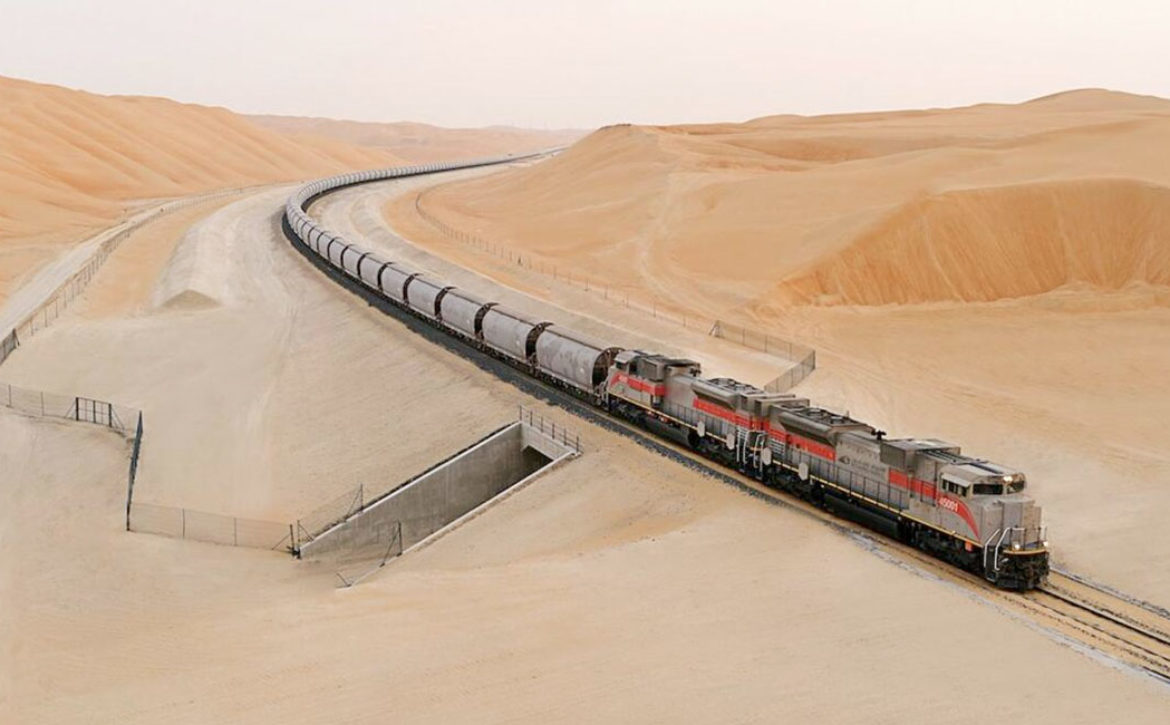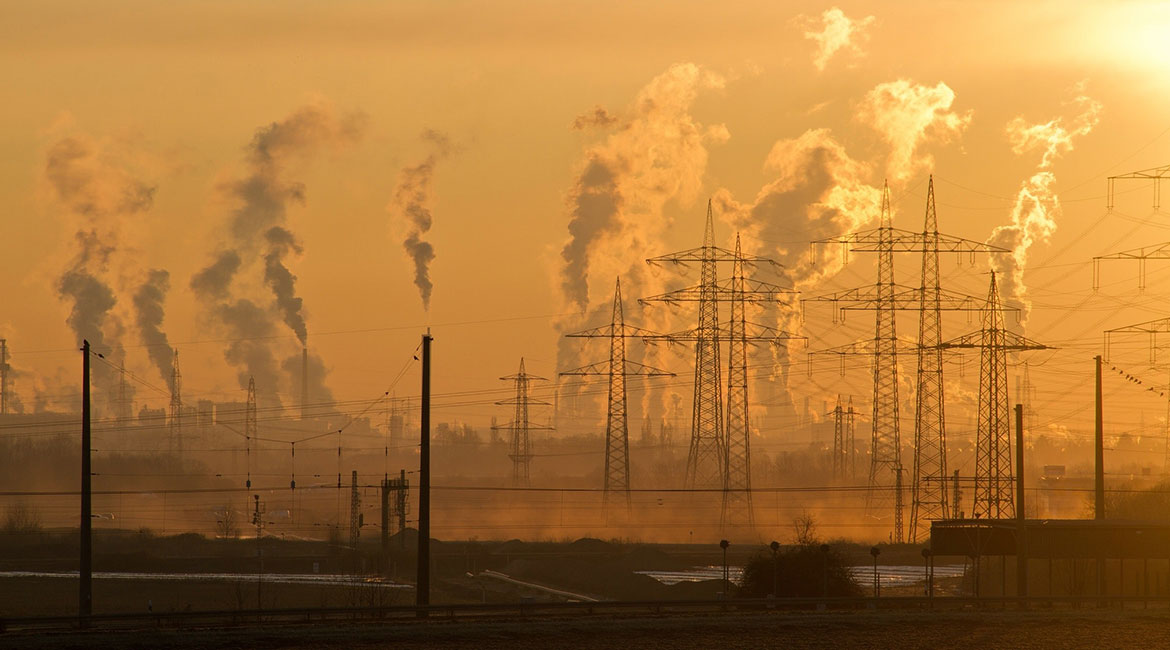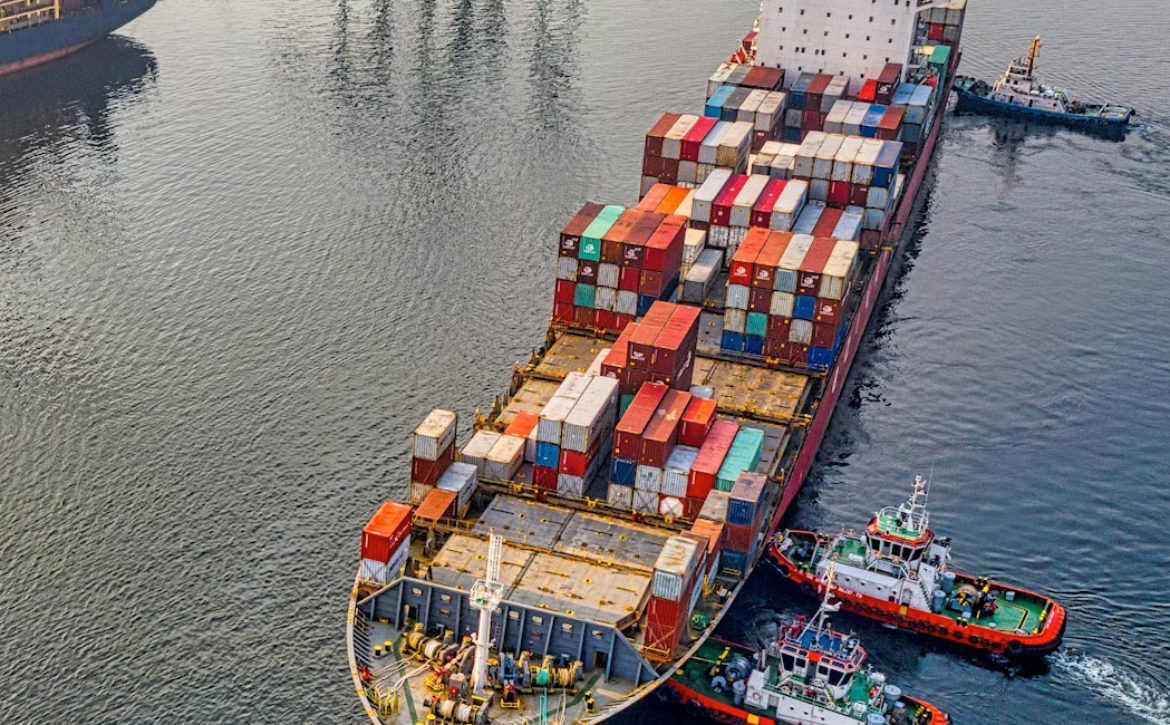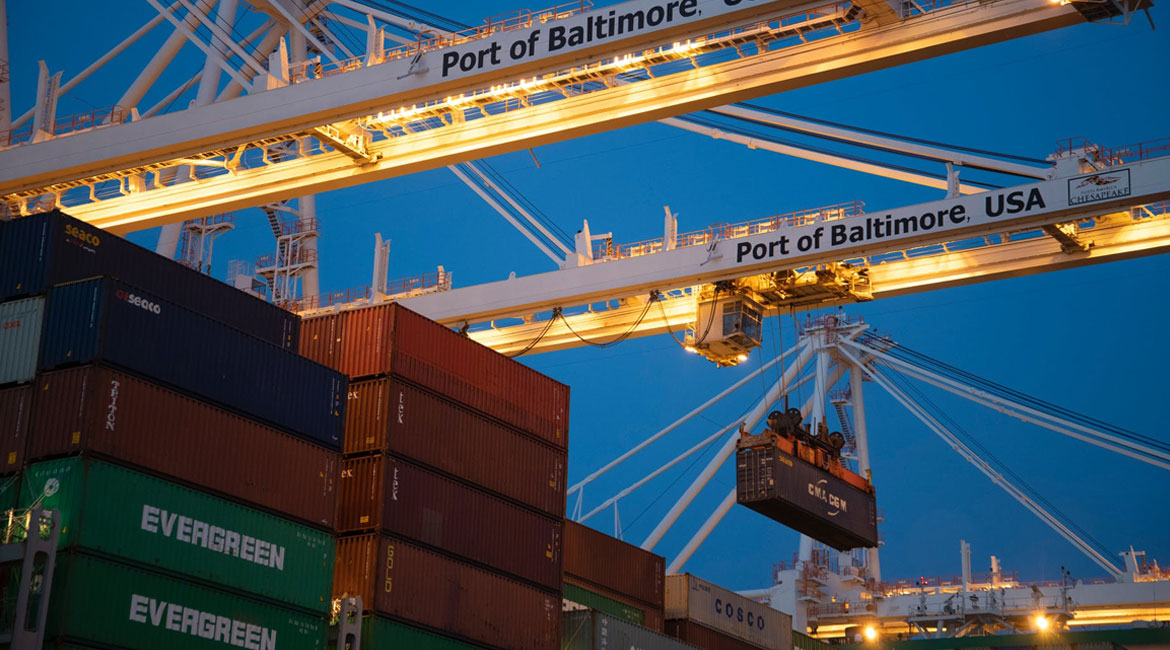Green Economy: how international investments are financing renewable energy projects
After a minor COVID-induced drop, global energy investments rebounded to pre-pandemic levels in 2021 ($1.9 trillion) – an increase of 10% over 2020 – reports the International Energy Association (IEA). And in what will be music to the ears of policymakers and green energy advocates, much of the investment attention shifted from traditional fuel production to power generation and end-use sectors, with electricity attracting the lion’s share of renewable energy funding.
Amidst the tumult and uncertainty of the global pandemic, a strong theme advocated by governments and international agencies was the opportunity the crisis provided to “build back better.”
Indications from 2021 energy investments suggest that has been the case, at least as it concerns renewables. Here, I briefly discuss the extent of those investments and how they augur for a move towards net-zero and green economy.

Performance of global investments in renewable energy
Following projections that global energy demand would increase by 4.6% in 2021, energy financing experienced a general uptick as interest in infrastructure, and new projects surged during the year. Noting the upward trend in financing mid-2021, the IEA proposed that “the anticipated upswing in investments in 2021 is a mixture of a cyclical response to recovery and a structural shift in capital flows towards cleaner technologies.”
The IEA reports that global power sector investment accounted for a large chunk of 2021 energy spending, increasing by 5% to over $820 billion in 2021. Most of that financing ($530 billion) was directed toward new power generation; renewables accounted for over 70% of this amount. Asides from this, investors also saw more bang for their buck, with a dollar spent on wind and solar photovoltaic installations producing four times more electricity than ten years ago.
“Electrification was also a major driver of investment spending by final consumers,” says the IEA. “Electric vehicle sales continue to surge along with a proliferation of new model offerings by automakers, supported by fuel economy targets and zero-emissions vehicle mandates.”
In the same vein, BloombergNEF reported in January 2022 that the previous year saw a 27% rise in low carbon energy investments, with nearly half emanating from renewables investment in Asia. As a result, total yearly spend on energy transition was $755 billion, a new record in sustainable energy spending.
However, I must say that despite the encouraging short-term news, global energy investment has yet to breach the levels required to forestall climate disaster. The IEA also agrees, noting that “clean energy investment would need to double in the 2020s to maintain temperatures well below a 2°C rise and more than triple in order to keep the door open for a 1.5°C stabilisation.”
The big question, though, is where will that money come from? Blended finance might provide an answer.
Blended finance in green energy projects
Blended finance, a type of public-private partnership, combines public concessional funding with private investment to de-risk certain project types. As the World Bank puts it, “blended finance, which combines concessional public funds with commercial funds, can be a powerful means to direct more commercial finance toward impactful investments that are unable to proceed on strictly commercial terms.”
Renewable energy projects are frequently “constrained by investors’ perception of high risk and low returns,” Consequently, the flow of private capital into these projects is often halting. However, concessional financing in the form of debt, equity, or grants, appropriate risk-mitigation measures, and suitable seniority in terms of loss protection and the security of returns can make these projects attractive to investors.
The World Bank reports that blended finance could be vital in attracting larger investments in clean energy, and sub-Saharan Africa provides a model for how these partnerships can work.















